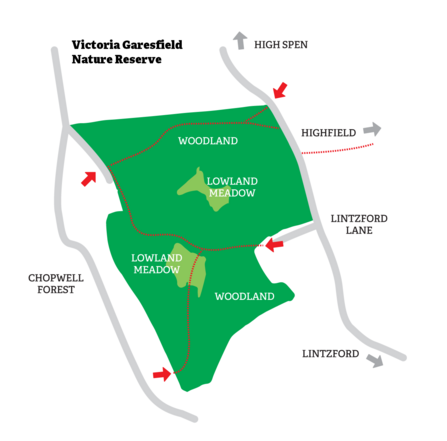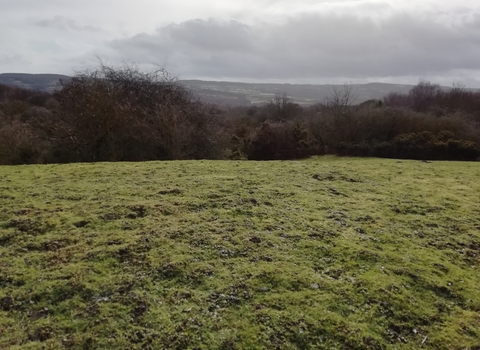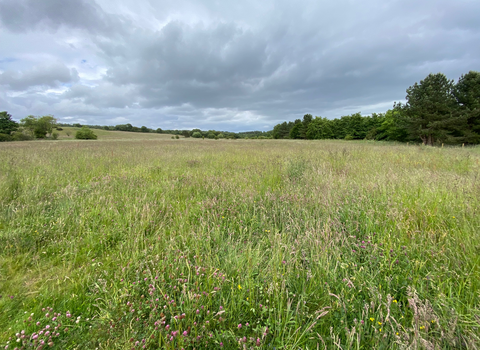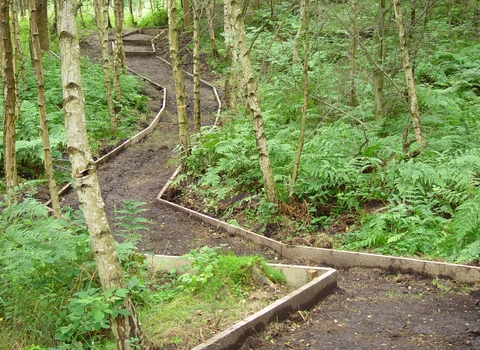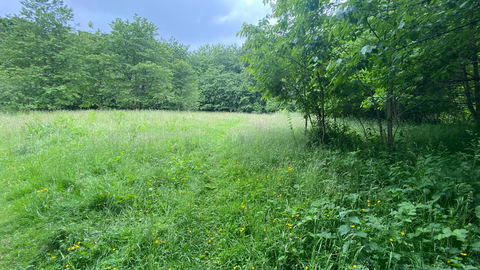
Victoria Garesfield
Management includes annual hay cuts of the grassland, along with woodland management.
Know before you go
Dogs
When to visit
Opening times
Always openBest time to visit
Something to see all year roundAbout the reserve
A reclaimed colliery site, the 'Garesfield' name comes from the name of a former coal mine. 1765 was the year that saw the beginning of the ‘Garesfield’ pits with the opening of a pit near Ash Tree farm, Low Spen. In 1801, this was followed by the opening of another on land belonging to a Mr Gair and known as 'Gair's Field', at High Thornley.
The pit at 'Gair's Field' was known for its production of excellent coking coal for which it became renowned and the name evolved into Garesfield. Other pits that were subsequently opened nearby also used the Garesfield name as a mark of quality of their own coal and name.
Victoria Garesfield Colliery, lying just south of Smith's Lea and adjacent to Lintzford Lane, was developed around 1870.
Much of the flora you see on site today has developed over the former colliery site.
The reserve has been extensively planted with alder and white poplar in the past. Sycamore, black poplar, silver birch, and broom have also naturally colonised. Being immediately adjacent to Chopwell Wood, Victoria Garesfield attracts large numbers of woodland birds, especially winter flocks of siskins. Though the woodland here is secondary in nature, there are also a number of ancient woodland plant species which are present on the edges of the site.
Contrasting with the grassland, Herb-rich grassland with birds-foot trefoil, common centaury, knapweed, kidney vetch and creeping cinquefoil have developed on bare ground. Climbing corydalis is locally uncommon.
The grassland attracts a variety of butterflies such as common blue, small heath, orange tip, ringlet and large and dingy skipper. Dingy Skipper is a scarce species in the DBAP area.
Management includes annual hay cuts of the grassland, along with woodland management.
Species
Contact us
Environmental designation
